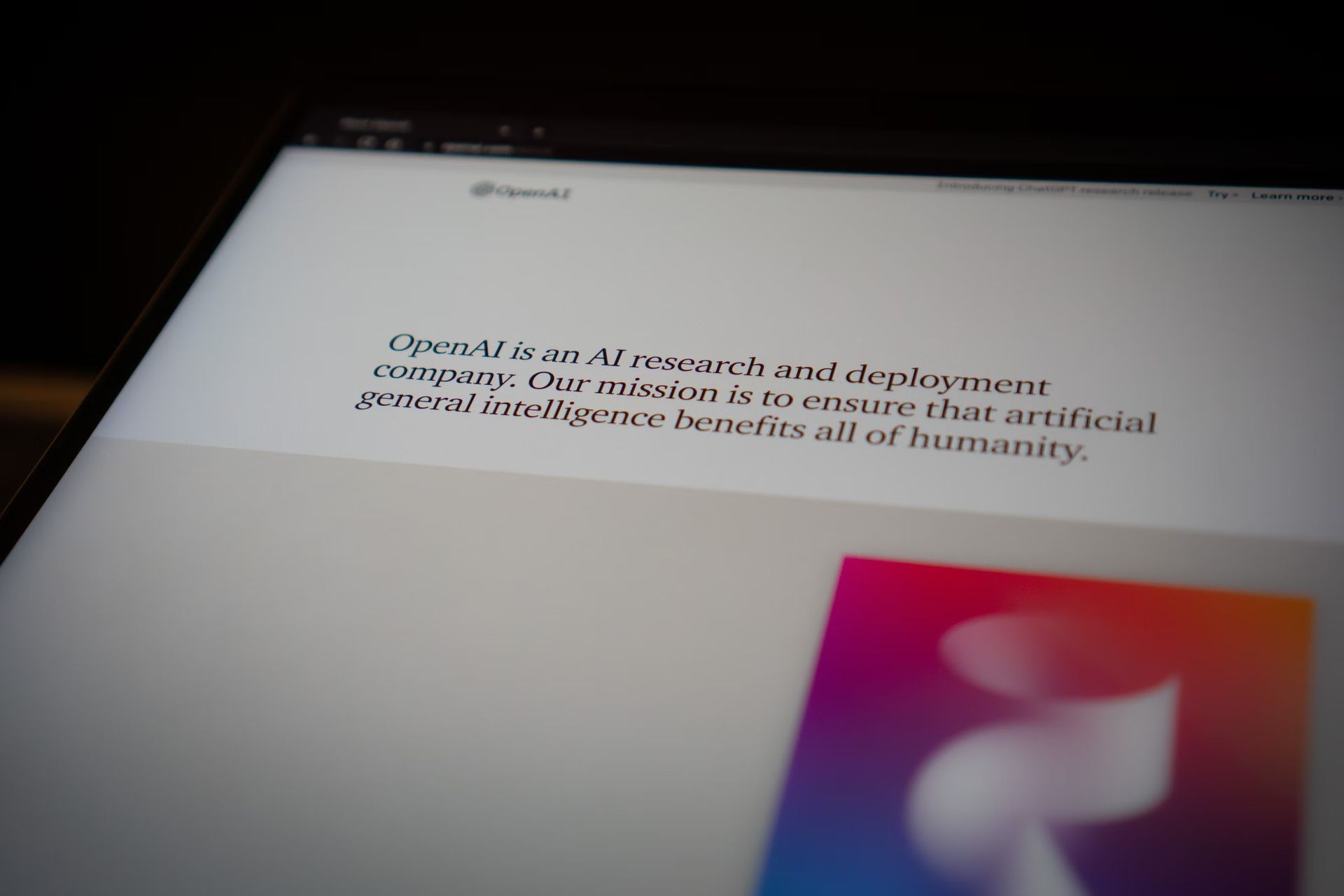- OpenAI is suspending a tool used to differentiate human and AI-created text due to its underperformance.
- The company is now focusing on refining the process of verifying content authenticity.
- Amid a Federal Trade Commission probe, OpenAI’s head of trust and safety has recently stepped down.
OpenAI has taken the conscious decision to suspend a utility created to differentiate between human and AI-composed writings, citing the tool’s underperformance as the major concern. As disclosed in a recent blog post, the deactivation of the AI classifier will take effect on July 20th. The firm is committed to refining the process of ascertaining content authenticity, with efforts focused on improving feedback integration and extensive research into more effective verification techniques.
As of July 20, 2023, the AI classifier is no longer available due to its low rate of accuracy. We are working to incorporate feedback and are currently researching more effective provenance techniques for text, and have made a commitment to develop and deploy mechanisms that enable users to understand if audio or visual content is AI-generated.
-OpenAI
OpenAI discontinues AI text classifier
In an effort to adapt to the changing landscape, OpenAI has declared its intention to shift focus onto the development of new strategies aimed at enabling users to distinguish AI-generated audio and visual content. The specifics of these yet-to-be-unveiled strategies are shrouded in secrecy, further spurring anticipation.
AI text classifier: OpenAIs ChatGPT detector indicates AI-generated text
The tech firm has candidly admitted to the classifier’s persistent shortcomings in accurately detecting AI-crafted text, raising concerns about possible false positives. In such instances, the tool could potentially misidentify human-authored text as machine-generated, causing undue confusion. This revelation accompanied the announcement of the tool’s temporary deactivation. Interestingly, before this surprising update, the company had maintained a hopeful outlook on the classifier, believing it could evolve with the gathering of more data.
Since its dramatic introduction, OpenAI’s ChatGPT has quickly amassed a following, leaving many curious about the inner workings of this revolutionary tool. There’s been a wave of apprehension from educators regarding the impact of AI-produced text and art on various sectors, sounding off alarms. There’s a growing fear that students might lean on ChatGPT to complete their school assignments, potentially undermining their engagement in conventional learning methods. In an attempt to address concerns about precision, safety, and academic dishonesty, New York-based schools have decided to block access to ChatGPT within their institutions.

As AI continues its march into mainstream usage, the propagation of misinformation via AI-generated text is escalating as a major worry. Recent research reveals that AI-created text content, such as tweets, tends to carry a higher degree of persuasiveness than their human-penned counterparts. Governments worldwide are facing the complex task of formulating effective AI regulations. In the interim, individual entities and organizations are left to shoulder the burden of creating rules and protective measures against the surge of computer-generated text.
There seem to be no clear-cut solutions yet to tackle the challenges presented by the rapidly expanding generative AI space, including from OpenAI itself, a company instrumental in igniting this trend. As the boundary between human-generated and AI-created content becomes fuzzier, the task of differentiation grows progressively difficult, despite occasional detection successes.
Best plagiarism checkers for ChatGPT and other AI tools
OpenAI has also recently seen the departure of its head of trust and safety amidst a Federal Trade Commission (FTC) probe into the firm’s data and information screening practices. For now, OpenAI has opted to remain silent on the matter, choosing not to elaborate beyond what has already been shared in its blog post.





